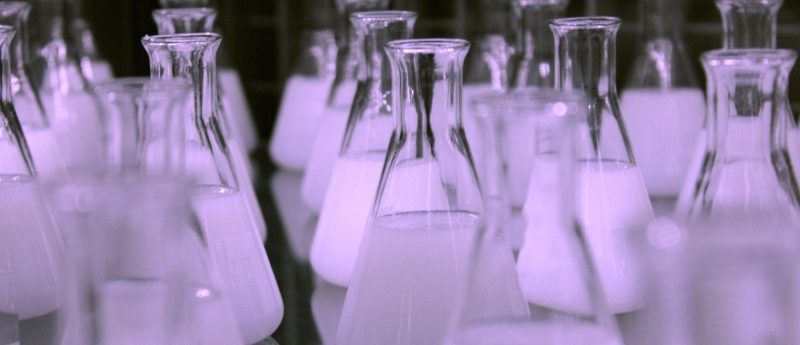Tissue from diabetic foot ulcers reprogrammed as pluripotent stem cells

Two studies demonstrate production of embryonic-like stem cells from non-healing tissue and identify new treatment target
A team of researchers from Tufts University School of Dental Medicine and the Sackler School of Graduate Biomedical Sciences at Tufts (both MA, USA) has demonstrated that skin cells from diabetic foot ulcers can be reprogrammed to acquire properties of embryonic-like cells. Reprogramming to a pluripotent state was confirmed using three independent criteria: immunofluorescent staining for SSEA-4 and TRA-1-81; formation of embryoid bodies with differentiation potential to all three embryonic germ layers in vitro; and formation of teratomas in vivo.
In a subsequent study, the team created 3D engineered tissues known to mimic many features of chronic wounds. These 3D tissues were used to test the properties of cells from diabetic foot ulcers, which were observed to get stuck making an immature scaffold made up predominantly of fibronectin. The team suggest that this process may prevent proper wound closure, building on previous reports of fibronectin abnormalities in diabetic complications such as kidney disease.
“These findings advance commonly-held assumptions about how diabetic foot ulcers develop. Most importantly, our ability to reprogram these cells gives us new treatment avenues to pursue. The big question is — since we have created induced pluripotent stem cells which we can now make into many cells types important for wound healing — will they be better for wound healing than cells originally taken from the non-healing wound?” concluded senior author Jonathan Garlick (Tufts University School of Dental Medicine).
Written by Hannah Wilson
Source: TuftsNow News Release http://now.tufts.edu/news-releases/non-healing-tissue-diabetic-foot-ulcers-reprogrammed-pluripotent-stem-cells?platform=hootsuite